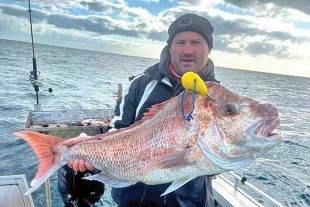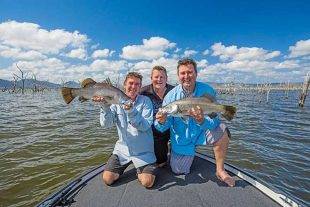OVER the past month we have managed to continually catch flathead, flathead and more flathead.
The odd squire has snuck in but no matter which way you want to catch flathead – casting soft plastics, trolling hard-bodies or using fresh bait – the flat fish have been the dominant species. So in saying that, let’s go over the areas where you should look to catch flathead and on what tides and moon phases.
When it comes to casting soft plastics and trolling hard-bodies for flathead, I still prefer my 2-4kg rod, 6lb braid, 2000-size spin reel and 8-12lb fluorocarbon leader. The types of lures I like to cast at flathead range from Zerek Live Flash Minnow Wrigglys and Flat Shads, Gobblers Paddle Tails and prawn-style lures such as the Zerek Live Shrimp Hot Legs, all around 4”-5” in length.
The jigs I use in these lures range from 1/8oz to 3/8oz depending on the depth of water we are fishing, the amount of current and the sink rate of each lure. For example, I find when I’m using a Gobblers Paddle Tail that its sink rate is faster than most other lures, so I will use a 1/8oz jig head where I’d use a 1/4oz jig with a Zerek Flat Shad.
Remember, flathead live on the bottom, so it is imperative you get your lure down there. Make sure you check the sink rates of your lures to ensure you’re getting to the bottom. When I’m conducting a teaching day, I notice a lot of anglers move their lures too quickly and don’t get them into the strike zone on the bottom.
In terms of colours, I prefer darker plastics in darker water. Different types of lures require different actions, and unfortunately showing you those actions in an article is just too hard. But no matter what action you impart on the plastic, always remember we’re trying to catch flathead, which spend most of their time on the bottom.
Make sure your plastic gets to the bottom, pause for a moment and then get back into the action before making another little pause, repeating this all the way back.
I always like a continuous, steady retrieve all the way to the boat. The number of flathead that hit the plastic right beside the boat is amazing.
Always concentrate and work your lure all the way to the boat, making sure your lure is regularly contacting the bottom. Regardless of what retrieve you decide on, always try to keep slack line out of the equation. Try to maintain good contact with your lure at all times.
I call this line management.
So often I see people get a bump and not even realise they have a flathead on the end of their line. When your lure hits the bottom and you feel a funny bump, have a strike at it because most of the time it’s a flathead sucking in the lure and jamming its mouth shut. When trolling for flathead you need to think about the same things.
They live on the bottom, so when you pick an area and start to troll your little hard-bodies, make sure your lure is constantly hitting the bottom. If it’s not, you will find it very hard to catch flathead. I usually like to troll hard-bodies in 1-2m of water, and my lures of choice are the Zerek Tango Shad and Bulldog Crank.
I use the Tango Shad in water up to 1.2m deep and then in the deeper water from 1.2-2.5m I will use the Bulldog Crank. One of my tricks is to use a Tango Shad in 0.8-1.2m of water and then if it gets deeper I bring in the Tango and throw out another rod with a Bulldog Crank attached.
This keeps our lures on the bottom as much as possible, and using the right lure in the right water depth keeps us in the strike zone longer and gives us more chances of catching fish. The same rules of colour apply for hard-body lures, with darker colours used in darker water and lighter colours in clear water.
When bait fishing for these fish, remember they have pretty big mouths, so large pillies, good size gar, long mullet strips, squid and large prawns are my choice baits.
If using bait, main line can range from 6-12lb but I like to run 20lb leader because flathead have a tendency to suck the bait right down their throats, meaning those very sharp front teeth are in a prime position to saw through your leader. Good fresh bait is key, as is having your bait near or on the bottom.
It is definitely worth casting your bait and slowly retrieving it back to the boat.
Even park the boat on the bank, get out and walk down with the current, slowly retrieving your bait before making another cast. Covering ground with good fresh bait is how Dad and I used to catch them years ago before we had anything to do with plastics. When it comes to tides, for me it’s pretty simple.
I don’t like to chase flathead on a low tide any bigger than 0.5m and when trolling up on the banks I like a high tide of at least 2m in southern Moreton Bay.
In terms of moon phases, my favourite time to fish for flathead is two to five days before the full moon, particularly of an early morning. So if you can coincide a good early morning tide with a good moon phase, the right technique and the right season for chasing flathead, you should come home with a few in the Esky or a couple of photos if you’re a catch and release fisho.
That’s how I go about chasing flathead. Hopefully some of these tips help you catch more fish.
If you’d like to learn more about my technique of ticking the boxes to catch flathead, snapper or any other fish in southern Moreton Bay, one of my training days might be of interest to you.
On another note, the Gold Coast Flathead Classic has been run and won, and a big congratulations goes to Team Wilson on taking the win in very trying conditions. Well done Robbie Payne, Kord Luckus and Scott Fleming. Another big congratulations goes to the runner-up team of the Lowrance Whyte Boyz.
They put in a fantastic effort in the tough conditions.
A big thankyou to the Gold Coast Sportfishing Club for once again running a great event. Hopefully we will be back next year to have another crack.
Until next month, stay safe on the water. If you would like to join me on a charter or training day, give me a call on 0433 732 310, visit www.moretonbaycharters.com.au or check out the Moreton Bay Charters Facebook page.
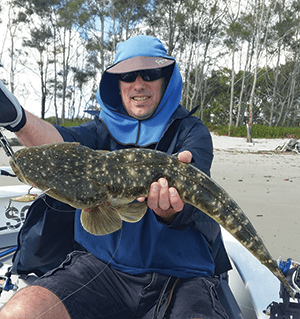
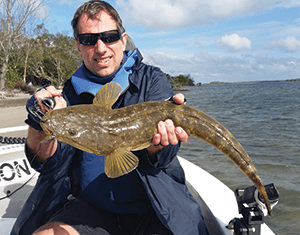
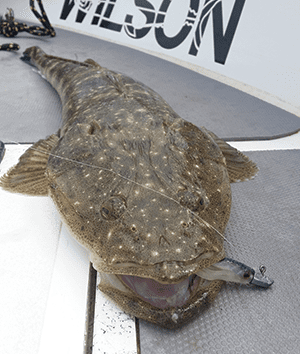
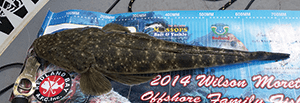
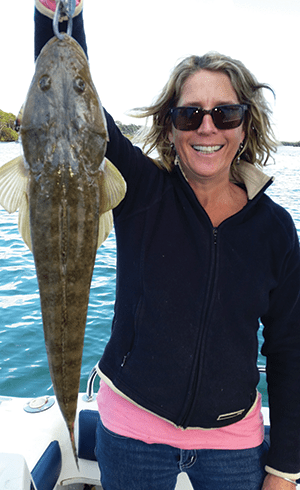
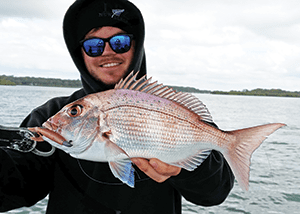
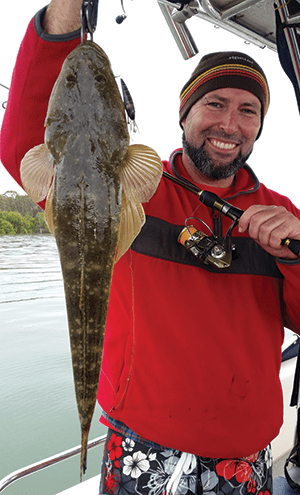
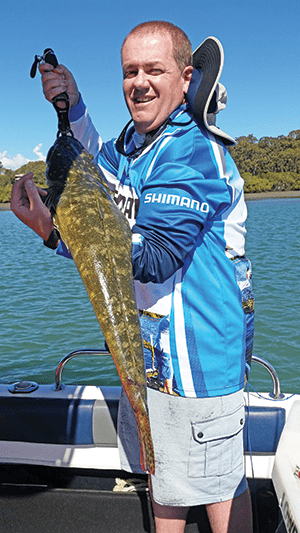
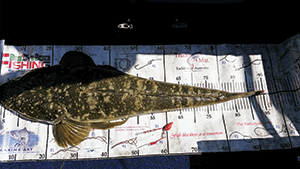
 Bush 'n Beach Fishing Magazine Location reports & tips for fishing, boating, camping, kayaking, 4WDing in Queensland and Northern NSW
Bush 'n Beach Fishing Magazine Location reports & tips for fishing, boating, camping, kayaking, 4WDing in Queensland and Northern NSW







